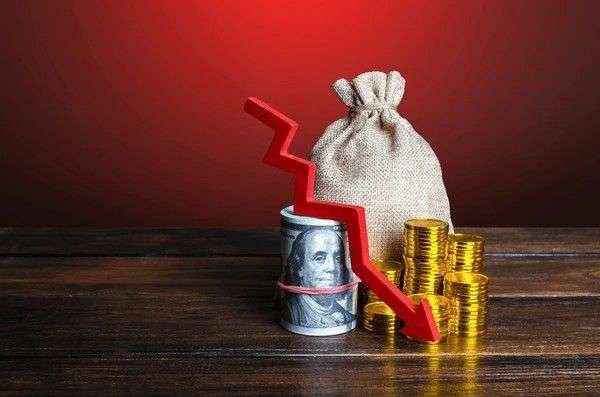Capital consumption refers to the wearing out, depreciation, or reduction in value of capital goods or assets over time due to their use in production processes. It is a concept used in economics and finance to measure the decline in the productive capacity or value of physical assets used by businesses or individuals.
Table of Contents
Key Aspects of Capital Consumption
1. Definition and Concept
a. Definition of Capital Consumption
- Depreciation of Assets: Process where capital goods lose value over time due to wear and tear, obsolescence, or aging.
- Impact on Production: Reduces the efficiency and productivity of capital goods over their useful life.
2. Types of Capital Consumption
a. Physical Wear and Tear
- Mechanical Depreciation: Physical deterioration of machinery, equipment, or vehicles used in production.
- Example: A factory’s machinery gradually wears out and requires maintenance or replacement.
b. Technological Obsolescence
- Advancements in Technology: Rapid changes in technology make older equipment or software obsolete.
- Illustration: Computers and software become outdated, requiring upgrades to maintain efficiency and competitiveness.
3. Causes of Capital Consumption
a. Usage and Time
- Continuous Use: Regular operation and utilization of capital goods lead to wear and eventual breakdown.
- Time Decay: Aging of assets reduces their value and efficiency over extended periods.
4. Measurement and Calculation
a. Methods of Depreciation
- Straight-Line Depreciation: Allocates equal depreciation expense annually over the asset’s useful life.
- Declining Balance Method: Accelerates depreciation in earlier years to reflect higher usage or obsolescence risks.
5. Impact on Financial Statements
a. Financial Reporting
- Income Statement: Depreciation expense reduces taxable income, impacting net profit calculations.
- Balance Sheet: Accumulated depreciation lowers the book value of assets, affecting financial ratios and asset base.
6. Examples of Capital Consumption
a. Real-World Applications
- Case Study: Company Z owns a fleet of delivery vehicles. Over time, these vehicles depreciate due to regular use and maintenance costs increase as they age.
- Outcome: The company budgets for vehicle replacements to maintain operational efficiency and customer service standards.
7. Strategic Considerations
a. Asset Management
- Replacement Planning: Timely replacement or upgrading of capital assets to mitigate operational disruptions.
- Investment Decisions: Balancing between repairing existing assets and investing in new technologies or equipment.
8. Economic Significance
a. Productivity and Growth
- Resource Allocation: Efficient management of capital resources enhances productivity and economic growth.
- Innovation: Investments in new technologies and equipment drive technological advancements and competitiveness.
9. Long-Term Implications
a. Sustainability and Development
- Environmental Impact: Sustainable practices in asset management reduce resource consumption and environmental footprint.
- Longevity: Maintaining capital assets prolongs their useful life, reducing lifecycle costs and improving cost-efficiency.
10. Conclusion
Capital consumption is a critical concept in economics and finance, reflecting the gradual decline in value or productive capacity of capital goods over time. Understanding the causes, measurement methods, and strategic implications of capital consumption helps businesses and individuals manage their assets effectively, make informed investment decisions, and sustain long-term growth and profitability. By addressing depreciation and obsolescence through proactive asset management and strategic planning, entities can optimize resource utilization, enhance operational efficiency, and maintain competitiveness in dynamic market environments.





